
Smoking is still a worldwide trend, with 1.1 billion smokers and 200 million more using other tobacco products. The annual consumption of cigarettes is close to 5 trillion, which results in more than 8 million deaths and about US $2 trillion in economic losses. Growing smoking rates among children aged 13 to 15 in many nations, as well as tobacco industry strategies including focusing on underdeveloped nations with lax regulatory settings and introducing fresh products in undeveloped areas, pose a threat to global growth.
More than 50 million 13- to 15-year-olds now smoke cigarettes or use other smokeless tobacco products, and this number has increased in 63 of the 135 countries studied. Currently, nations with the highest rates of youth tobacco use typically score lower on the Human Development Index. Teenage girls are now more likely than adult women to smoke cigarettes in a number of these nations, including Haiti and Mauritania, suggesting that the historically lower tobacco use among females globally may not last for much longer.
It can be overwhelming to stop smoking. Since involves fundamentally altering one’s lifestyle, behaviours, and coping mechanisms in addition to ending a strong physical dependency on a highly addictive substance. To increase the quantity and quality of their lives, smokers must unquestionably quit smoking. This is the single most significant move they can take.
Most tobacco users report having strong impulses to smoke or to consume tobacco. However, you can resist these desires.
Remember that whether or not you smoke a cigarette or chew tobacco, the need to use tobacco will usually pass in 5 to 10 minutes, despite the fact that it may be powerful at the time. You get one step closer to giving up smoking each time you manage to stifle a need.
Your body could tell you that you need a cigarette, but you don’t. These smoking alternatives can assist you in kicking your tobacco habit and overcoming your addiction.
Why Is It So Hard to Quit Smoking?
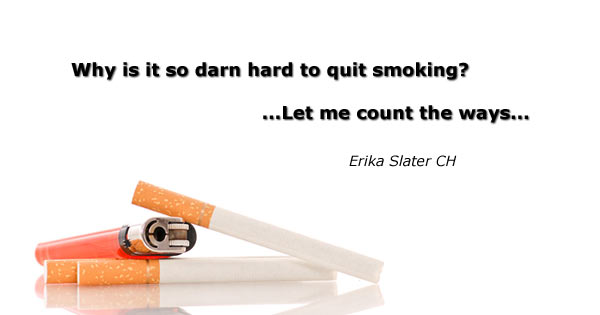
Smokers physically breathe cigarette smoke into their lungs when they smoke. Through the lungs, this nicotine is ingested and immediately circulates throughout the body.
Nicotine, a stimulant chemical, is the main addictive component of cigarettes. One to two milligrams of nicotine are found in each cigarette. It activates the nicotine receptor in the brain, causing dopamine to be released and endorphin levels to rise. A neurotransmitter, dopamine is a component of the reward system in the brain. It is released to signal to us that enjoyable activities, such as eating or having sex, are taking place. The body experiences withdrawal if tobacco use is stopped and nicotine receptors are not triggered. Anger, restlessness, despair, migraines, insomnia, and an increase in hunger are all signs of withdrawal. Once they hit a plateau and start to fade away, these effects will gradually get stronger.
Nicotine replacement therapy and prescription non-nicotine medications are among the methods for managing the physical side effects of withdrawal.
Why Are Smokers So Addicted?

Although nicotine is a chemical addiction that makes you seek a specific sensation, smoking is considerably more addictive.
With the idea of going out with a group of friends, lighting up a cigarette, and fitting in to become normal, the society surrounding smoking itself develops an addictive quality.
You may get back into your urges only by smelling cigarettes. Many smokers have intense cravings because of the similarity between how their bodies ingested nicotine.
Even one of our tobacco alternatives finds success in the physical act of holding a cigarette to your lips and taking a drag, which even becomes enjoyable in and of itself.
Why Cigarette Alternatives?
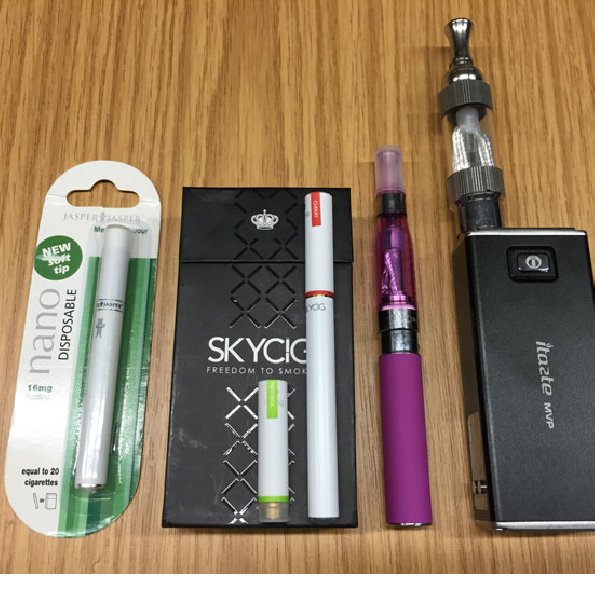
You’re going to experience withdrawal symptoms and cravings to reach for another pack of cigarettes and resume smoking when you try to stop. Any addictive substance withdrawal will experience this.
So, it’s crucial to find alternatives to break free from your addiction while also reducing some of the stress from daily living.
This is accomplished by easing some of the other aspects of addiction. For instance, nicotine patches aim to help you break your physical smoking habit while also relieving your chemical dependence. As you’ll see in the alternatives listed below, there are many other approaches to this same strategy of combating each individual aspect of addiction.
Types of Smoking Alternatives
Smoking alternatives are more than just a different source of tobacco; they are also substitutes for several addiction-related problems.
Decide what you will be giving up before making your choice of the greatest option. To satisfy your cravings, you can mix and match different options.
The most difficult, yet crucial, decision for many smokers to make is to choose to break free from their chemical dependence. The stresses associated with nicotine withdrawal can be lessened by using an alternative that enables you to maintain the physical and social aspects of your addiction.
Cold Turkey
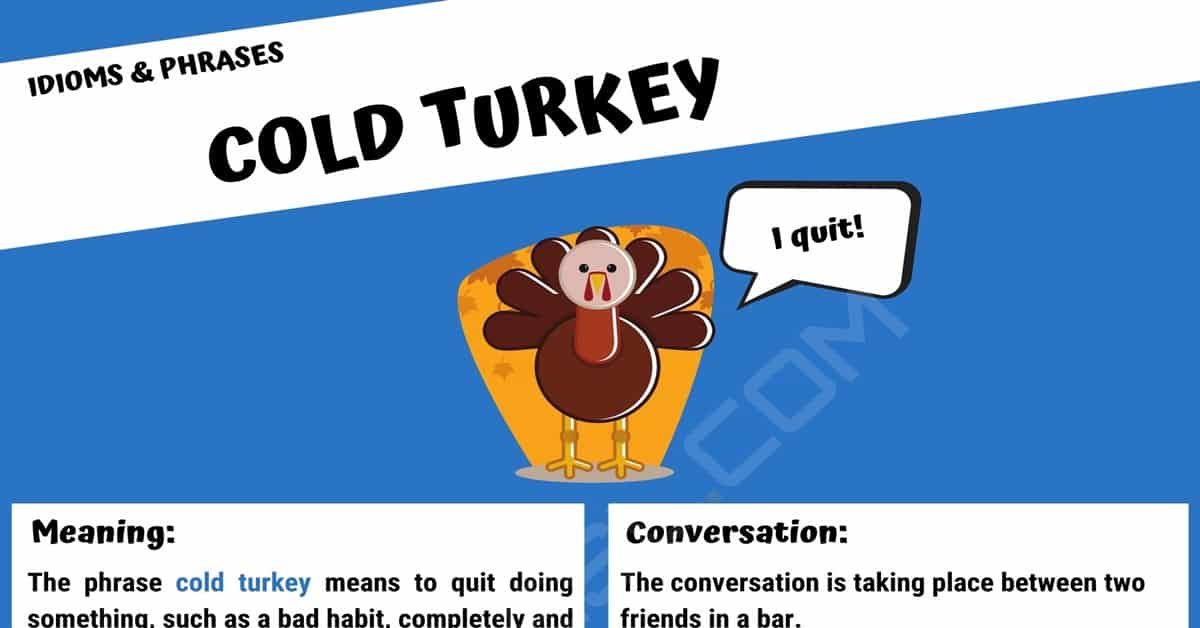
The approach that is most frequently employed is going cold turkey. Approximately 90% of smokers who want to stop doing so without the help of medicine or nicotine replacement treatment. It also has the lowest level of effectiveness. It’s a difficult approach that demands a lot of willpower, but it’s also the fastest method, thus it’s advised for people who must stop smoking immediately due to serious medical conditions.
Vaping
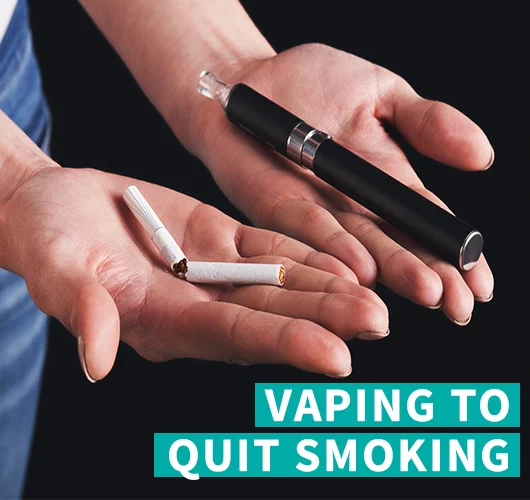
As a kind of smoking, vaping entails inhaling heated oil. You need an oil vaporizer, often known as a vape mods, which draws oil over a number of heated coils and causes it to vaporise.
A wide variety of flavoured vape e-liquids, from traditional tobacco flavours to fruity and savoury flavours to create a better taste and smell, are available in vape shop online in Australia to help combat physical association. There are vape juices available with a range of nicotine contents, from levels higher than those in cigarettes to zero nicotine. In theory, you can do this to gradually wean yourself off of nicotine use.
To achieve the same sensation as smoking cigarettes, a moderate smoker is advised to use about 6% nicotine in vape juices, but they should keep in mind that the more they vape, the more nicotine they will ultimately acquire.
The fact that you can vape without having to finish a cigarette is a benefit. It’s typical for vape smokers to occasionally take just one pull rather than taking a full smoke break.
Vaping should be utilized as a strategy to quit smoking rather than merely as a replacement because it does carry a small but real risk of leading to a physical addiction to another vice. Because vaping is a more recent smoking practice, many have come to the conclusion that the consequences of inhaling vape e-juice are still not fully recognized. In addition, some users wind up with more nicotine than they would with cigarettes because using a vape is so convenient and can be done almost anywhere.
Although extensive research on the impacts of vaping is yet decades away, quitting tobacco and providing yourself with a practical means of lowering your nicotine intake is unquestionably a start in the right direction. A good vape starter kit also makes it simple to simulate the “smoking experience” after you understand how to use it. It’s possible that you’ll develop a complete hobby out of vaping, experimenting with various vape coils, tanks, and batteries to find the ideal combination. It can be incredibly rewarding for some vapers to spend weeks playing with their devices in order to find the ideal, one-of-a-kind vapour.
E-Cigarettes
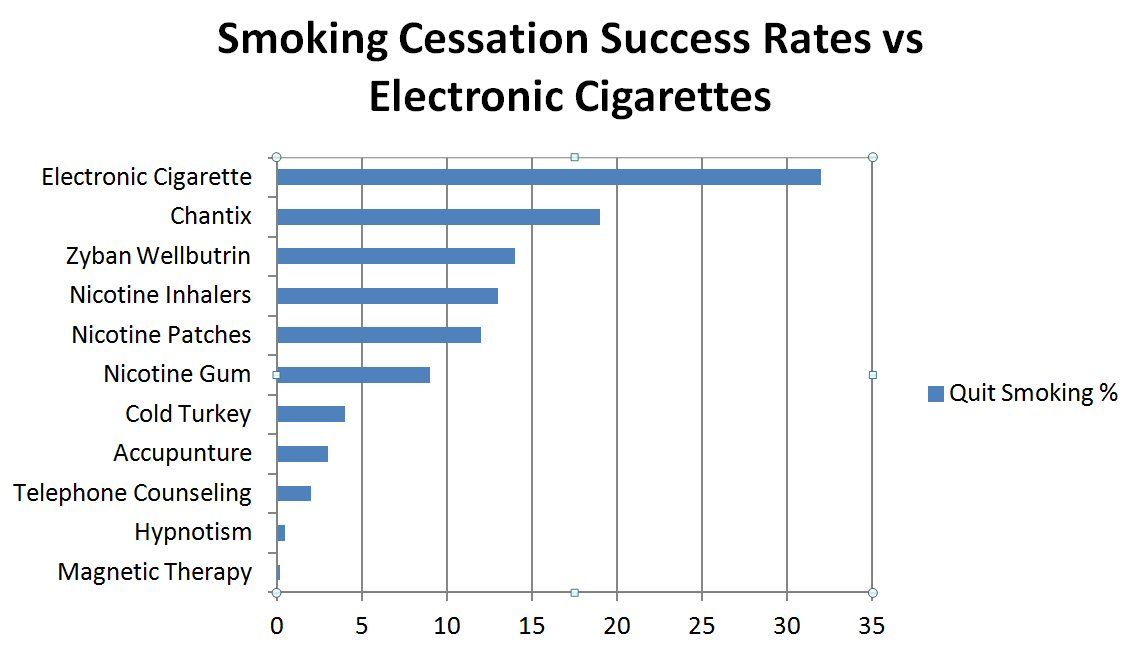
To stop smoking, some people use electronic cigarettes in a similar way to how they would use nicotine replacement therapy. To progressively reduce your nicotine intake, many brands provide vape juice with various nicotine contents. This prevents the production of the 7,000 compounds that analogue cigarettes do. Instead, e-cigs simply utilise a heating coil to gently vaporize the e-liquid. E-cigarettes have an added advantage over conventional NRT methods in that they directly address the smoking habit. These gadgets are also less expensive than buying a pack of regular cigarettes every day. The only costs after paying an average of $40 for a vape kit, which is less than the price of a typical carton of cigarettes, are refilling the cartomizer and e-liquid.
For a pack of five, cartomizers usually cost around $5. A week will pass between uses of each cartomizer. An average 15ml bottle of e-liquid costs around $15. About two weeks will pass during this. In comparison to $42 per week for regular cigarettes, this results in a total weekly expenditure of roughly $8.25.
Herbal Cigarettes

Hemp cigarettes are an excellent option for smokers seeking an alternative to tobacco. They have the exact same texture, appearance, and packaging as cigarettes. The same as with cigarettes, you light and smoke them.
You can buy hemp cigarettes with or without CBD. Cannabidiol (CBD), a non-psychoactive substance included in cannabis, has recently gained recognition for its multitude of possible health advantages.
Hemp cigarettes, although having a very natural flavour, smell and taste better than tobacco, making them a wonderful option for people who want to stop using nicotine while continuing to smoke.
It is possible to use nicotine patches in addition to hemp cigarettes to help with nicotine withdrawal symptoms and combat both the physical and chemical aspects of addiction at once.
Nicotine Patches

You might prefer a substitute that has nothing to do with smoking at all when trying to break the physical and social addictions. On your arm, chest, or even hips, nicotine patches are directly applied to your skin.
You can gradually cut back on your nicotine consumption and break the chemical dependence by using nicotine patches, which are available in a variety of nicotine strengths.
Nicotine patches are a fantastic method to alter your lifestyle without experiencing severe withdrawal symptoms.
Nicotine Gum

The use of nicotine gum is an easy approach to getting different doses of the drug while easing oral fixation desires.
Chewing gum can actually be done anywhere, and over time, the choice to start switching from nicotine gum to regular chewing gum helps you make the switch to nicotine-free gum.
Cognitive Behavioral Therapy
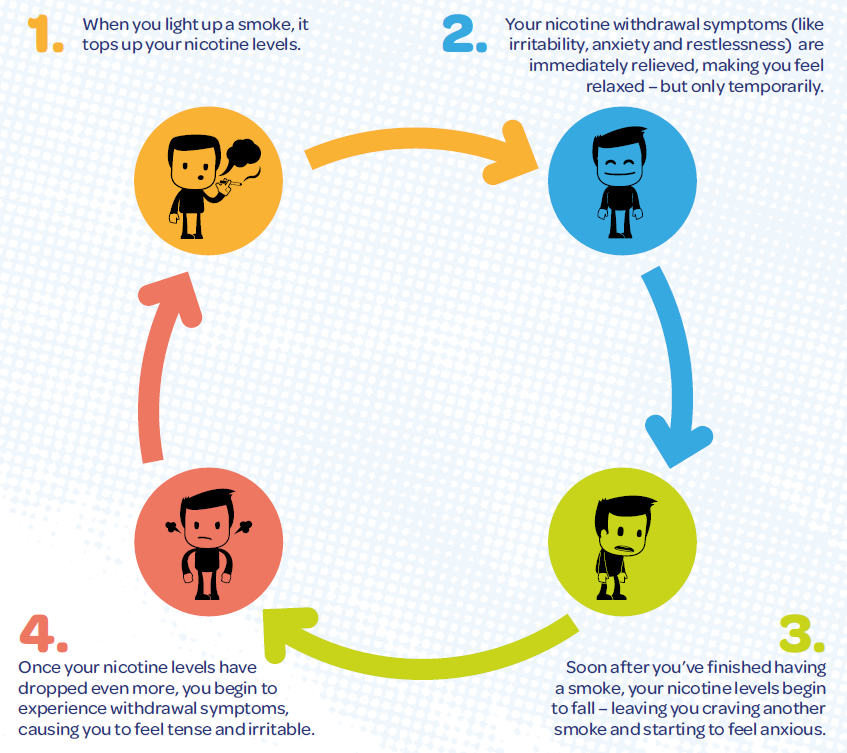
A brief therapy called cognitive behavioural therapy concentrates on particular issues in your life. It can be used to aid in quitting smoking by altering the dysfunctional cognitive patterns that cause cigarette cravings and educating smokers on new, healthy coping mechanisms for stress and anxiety. It has been demonstrated to raise success rates, particularly when used in conjunction with medications for quitting smoking. Specialists who are certified and competent, however, might be pricey and difficult to find.
Exercising

Exercise is a terrific way to release dopamine naturally, and it also keeps you active and makes you less likely to search for a smoke.
Many people view exercise as more than just going to the gym; rather, they take to the outdoors by kayaking, hiking, and other off-the-beaten-path activities. This is a terrific alternative to smoking, but it also gives you the chance to explore and discover something amazing that might have been just in your backyard or even closer.
In addition, as you push for a more active lifestyle, you could also be inspired to pursue other healthier practices, like better eating and deeper sleep.
Dieting and Nutritious Snacking

Although many people try eating as a method to keep their hands and mouths occupied in order to lessen cravings, using unhealthy foods like sweets increase the chance of developing additional health concerns.
Instead, think about switching to healthy substitutes like fruits, nuts, or veggies.
Snacking on the right foods can also help you feel full faster and eat smaller portions at meals, both of which can promote healthier eating practices.
Another way to get healthy, naturally-released dopamine is to choose nutritious meal selections. You may experience sluggishness or depression after consuming unhealthy foods in part due to this.
Hobbies
Hobbies Maintaining mental and physical activity is a fantastic way to cut down on tobacco consumption. The chance to attempt something new or start a hobby you’ve been thinking about may present itself now.
The secret is to find something that you love so much that you can’t help but stay. The aim is to pursue something to keep you delightfully active mentally and physically, whether it be gaming, woodworking, winemaking, reading, or any enjoyable pastime.
Understanding What to Expect When Quitting Smoking Will Help You Avoid Triggers

Reducing the number of triggers is one strategy for avoiding them. This can be achieved by identifying your triggers before you attempt to quit and gradually removing them from your environment, activities, or surroundings. For instance, some smokers enjoy lighting up while having a cup of coffee. By drinking coffee first and waiting a few minutes before smoking a cigarette, this can be avoided. The interval between drinking coffee and lighting up can grow longer every day. The smoker will eventually stop connecting coffee with smoking. The same is true for smoking with meals or during any other specific time of day. Try lighting up when you are almost at the workplace, for instance, if you typically smoke on the way to work. Wait until you get out of your car the following day. Extend the period of time till you quit smoking before going to work. It is impossible to avoid every trigger. You’ll probably run into a trigger at some time that you didn’t realise was a smoking cue, or you’ll have to deal with triggers that can’t be avoided, like stress. Make sure you have a strategy in place for resisting the impulse to smoke when these problems arise.
How Can You Help A Smoker to Quit Smoking
You should start by becoming knowledgeable about the impacts of tobacco, the nature of addiction, withdrawal symptoms, and various methods to quit smoking if you’re seeking ways to assist a friend, family member, or someone close to or relative to quit smoking. You’ll be able to support them more effectively because of your improved understanding of their situation.
Closing Words
You can live a healthier life by quitting smoking, which will allow you to breathe more deeply, feel better, and live longer. You, your friends, and members of your family may experience physical and mental health issues as a result of nicotine and other chemicals present in conventional cigarettes.
Alternatives don’t mean putting an end to everything at once. It involves experiencing one or two aspects of addiction again in order to overcome other parts. Since it has noticeable impacts on your body and mind, chemical addiction is frequently considered to be the most difficult. The simplest imitating substitute can take the edge off your cravings and help you get through them when you’re attempting to quit smoking.
It’s time to experiment with nicotine alternatives on your path to a healthier you so you can take time to appreciate nature, especially now that you’ll have your sense of smell back.
